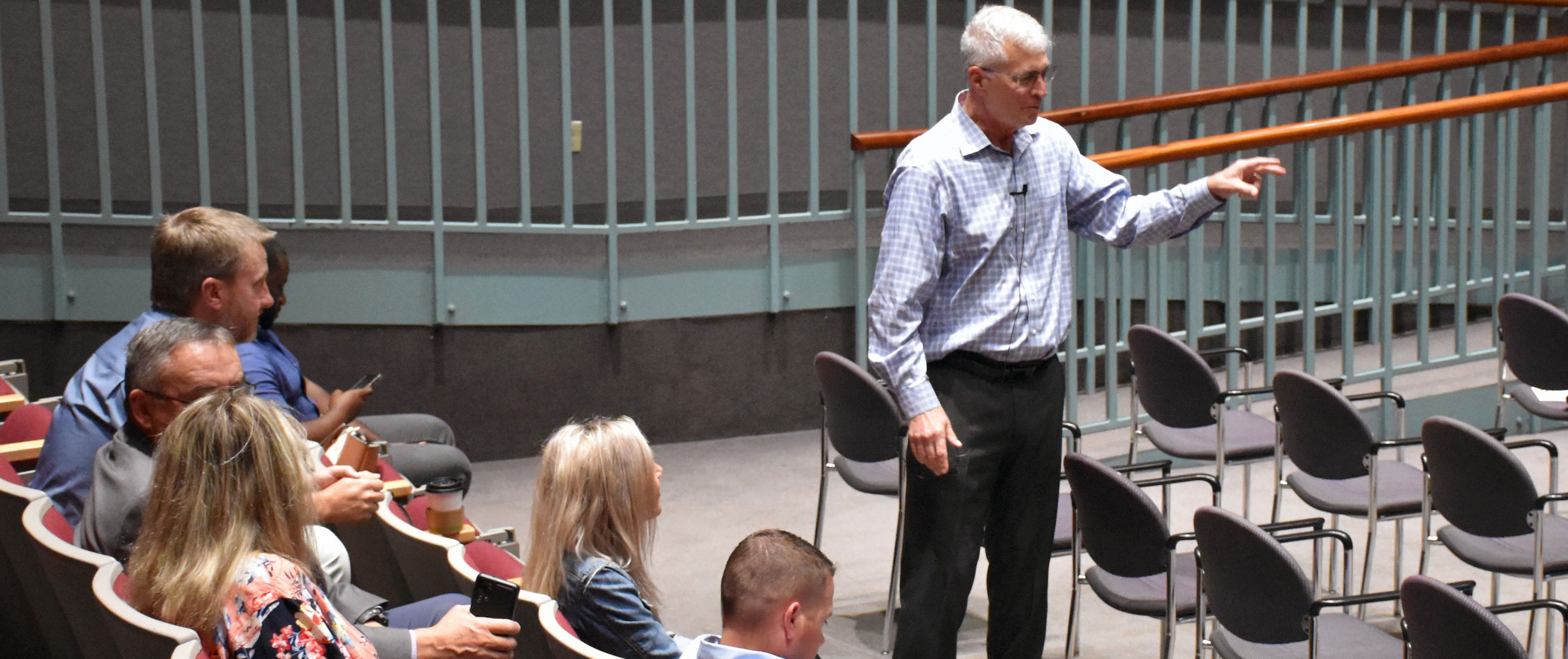We should be very impressed with how physicians and hospitals have worked together to reduce door to balloon times in patients with ST elevated myocardial infarctions (STEMIs). It was not uncommon several years ago for the patient to wait several hours after presenting to the ED with an acute myocardial infarction before the occluded vessel was re-profused. The entire PCI process has been vastly improved with the cooperation of the physicians and the hospital utilizing the concepts of continuous improvement…and mostly through the combination of dedication and hard work. The health care system knew well that “time is muscle”, and that every minute counted in the ultimate survivability of the patient. It is now not uncommon for the door to balloon times to be below 30 minutes, and in some facilities, the patient goes directly to the cardiac cath lab and the vessel is opened within several minutes of arrival to the hospital.
Reducing reperfusion times in STEMI patients is a true success story for the entire healthcare team and a poster child for the Continuous Improvement process. We have come so far that even shaving a minute or two on these times would now require draconian efforts. Yet several recent studies have shown that even though we have reduced reperfusion times drastically, the overall mortality times have only modestly improved.
Why have the mortalities not more significantly improved? Most of us realize that the only time that really matters to the myocardial tissue is the total ischemic time—the total time from vessel occluded until vessel opened. The classic hospital reperfusion time is only a fraction of that total ischemic time.
The total time is the sum of several times: onset of pain until calling EMS, arrival/ prep / transport time by EMS, and finally hospital time. Analyzing these components gives a surprising result: the longest time in the series is the time from when the patient gets chest pain until EMS is notified. In my community, it can often be as long as 45 minutes before the patient notifies EMS—longer than the hospitals’ door to balloon times! Rather than laboriously trying to shave another minute off the hospital time, we have a tremendous opportunity to educate our patients to access care more rapidly.
We are beginning to see the rise of the empowered patient. Health care reform, the internet, and the burden of higher patient deductibles are accelerating this process. Health care professionals agree that an empowered patient is generally a good thing.. the system alone cannot take care of a patient. Models such as ACOs and Patient Centered Homes are built around the concept of the empowered and responsible patient.
It is clear that we need to better educate the patient about the early symptoms of MI and empower them to take action. A hospital STEMI time of 30 minutes may do little good if a patient waits an hour before calling EMS. It is time for the healthcare system to devote fewer resources toward incrementally improving already very good times and devote more resources to community education efforts. Proper education will reduce the total ischemic time much more than we can in the hospital once the patient has accessed the system.
Further reducing myocardial mortality is the ideal clinical initiative to combine the performance improvement process with the newly empowered patient
The health team has done its job well. It is high time for the patient to take personal action. Further reducing myocardial mortality will come from the empowered patient, not the delivery system.
Step up to the plate and make it happen.




